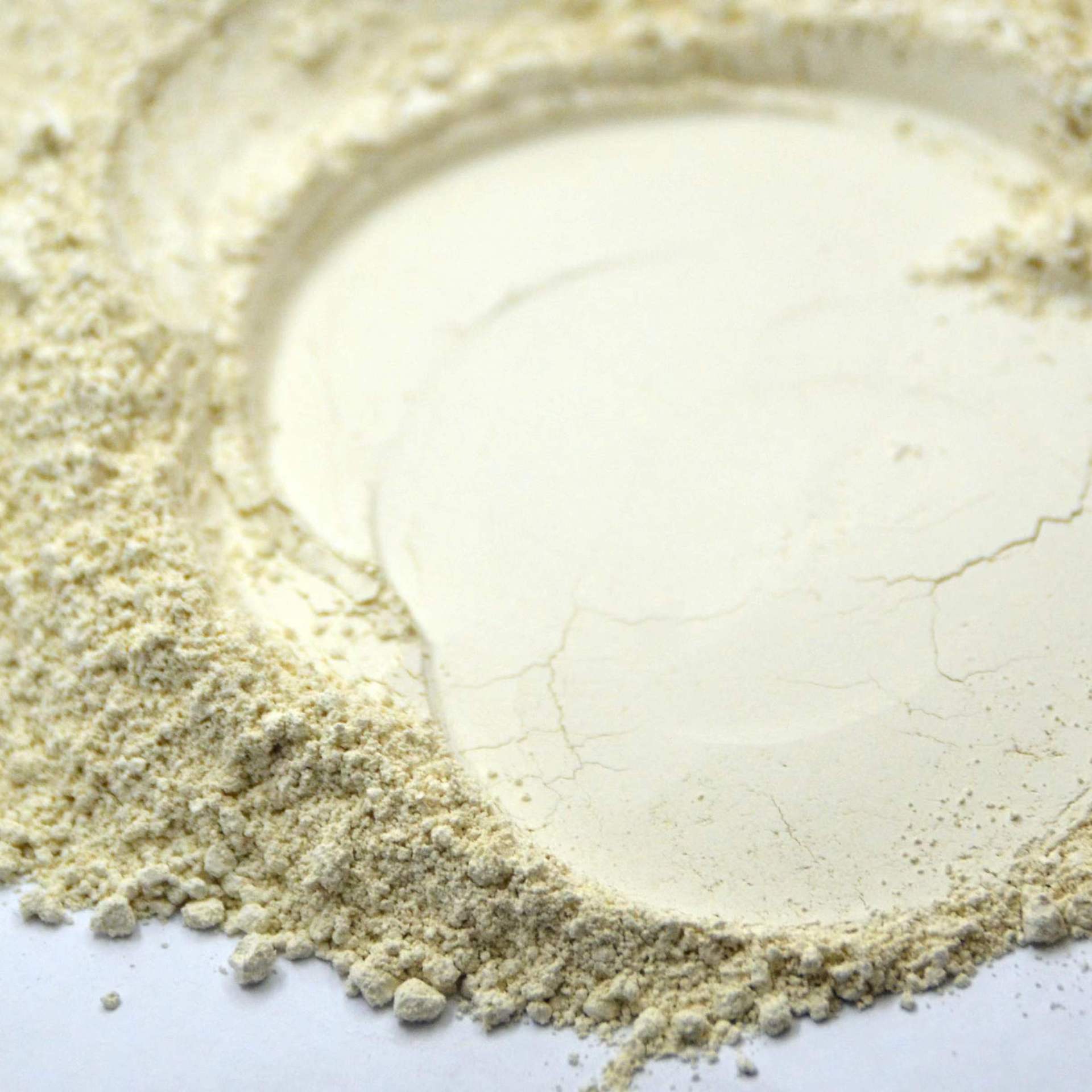
Understanding Quartz and Its CAS Number for Industrial Applications and Safety
Understanding Quartz CAS Number and Its Significance
Quartz, a mineral composed of silicon dioxide (SiO2), is one of the most abundant materials found in the Earth's crust. Its applications range from industrial use to decorative purposes, making it a crucial component in various sectors. The chemical identification of quartz is often designated by its unique Chemical Abstracts Service (CAS) number, which provides a standardized reference for scientists and manufacturers.
The CAS number for quartz is 14808-60-7. This number is used globally to identify substances and facilitate the exchange of chemical information. It ensures that when researchers and industry professionals refer to quartz, they are discussing the same material, eliminating confusion that might arise from the use of common names and synonyms.
Properties of Quartz
Quartz is renowned for its hardness, rated at 7 on the Mohs scale. This hardness makes it an excellent choice for various applications, including the manufacturing of glass, ceramics, and abrasives. Additionally, quartz has a low thermal expansion coefficient, which makes it resistant to thermal shock, a property that is invaluable in many industrial processes.
Moreover, quartz is piezoelectric, meaning that it generates an electric charge in response to applied mechanical stress. This property has led to its widespread use in the electronics industry, particularly in the production of oscillators, resonators, and frequency control devices. As a result, quartz crystals are essential components in watches, clocks, and radio transmitters.
Applications of Quartz
1. Industrial Uses Quartz is extensively utilized in the glassmaking industry. It acts as a primary ingredient in the production of glass products, including containers, windows, and fiber optics. Furthermore, its unique properties make it suitable for the production of silica sand used in hydraulic fracturing, a vital technique in oil and gas extraction.
quartz cas no

2. Electronics The electronics industry relies heavily on quartz due to its piezoelectric properties. Quartz crystals are widely used in frequency control devices, such as quartz crystal oscillators, which are crucial in maintaining accurate timing in electronic circuits.
3. Jewelry and Ornamental Uses Quartz is often cut and polished to create gemstones, such as amethyst, citrine, and rose quartz, which are popular in jewelry making. Its aesthetic appeal combined with its inherent durability makes quartz an attractive choice for decorative items as well.
4. Construction In the construction industry, quartz is used in countertops, tiles, and other building materials. Engineered stone, which is a composite made from crushed quartz, is increasingly popular due to its consistency and resilience.
Health and Safety Considerations
While quartz is an essential mineral, it is also important to acknowledge the potential health risks associated with silica exposure. Prolonged inhalation of fine particles of crystalline silica can lead to respiratory diseases, including silicosis and other serious lung conditions. Thus, it is crucial for industries working with quartz to implement strict safety protocols and ensure that adequate protective measures are in place to protect workers.
Regulatory bodies such as the Occupational Safety and Health Administration (OSHA) and the National Institute for Occupational Safety and Health (NIOSH) provide guidelines to help mitigate these risks. Companies are encouraged to conduct regular monitoring of air quality in workplaces and provide appropriate training for employees on the hazards associated with crystalline silica exposure.
Conclusion
Quartz, designated by CAS number 14808-60-7, is a versatile and invaluable mineral that plays a significant role in various industries, from electronics to construction. Understanding its properties, applications, and the associated health considerations is essential for maximizing its benefits while minimizing risks. As industries continue to evolve and innovate, quartz will undoubtedly remain a fundamental material in engineering and manufacturing processes, shaping the future of technology and construction.
Share
-
Premium Pigment Supplier Custom Solutions & Bulk OrdersNewsMay.30,2025
-
Top China Slag Fly Ash Manufacturer OEM Factory SolutionsNewsMay.30,2025
-
Natural Lava Rock & Pumice for Landscaping Durable Volcanic SolutionsNewsMay.30,2025
-
Custom Micro Silica Fume Powder Manufacturers High-Purity SolutionsNewsMay.29,2025
-
Custom Mica Powder Pigment Manufacturers Vibrant Colors & Bulk OrdersNewsMay.29,2025
-
Custom Micro Silica Fume Powder Manufacturers Premium QualityNewsMay.29,2025






